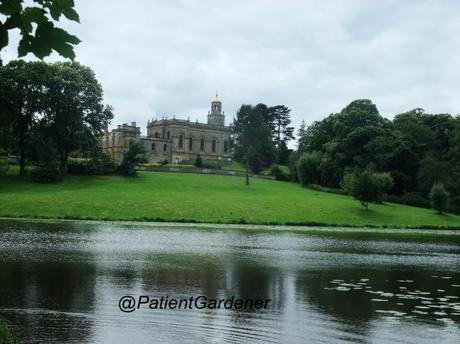
I felt in need of a little culture during my week off but didn’t want to venture too far afield so I decided to revisit Witley Court which is just over 30 minutes away. The property is managed by English Heritage so immaculately maintained but there is something quite special about it. English Heritage claim that the property is one of its most romantic. Personally I don’t think romantic is the word I would use but it has a wonderful atmosphere more melancholy than romantic.

As you can see unlike many stately homes we visit these days this one is almost derelict. The property was victim of a fire in 1937 which destroyed the majority of the interior. The facade you can see above is a later Victorian addition; the house was first built in Jacobean times and later redesigned and seriously changed by John Nash is 1805.
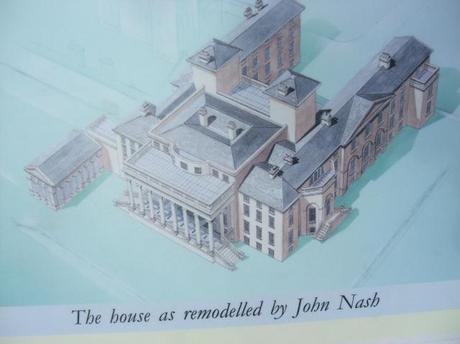
Nash was responsible for introducing the ionic columns to the south portico typical of the regency style he was influential in creating.
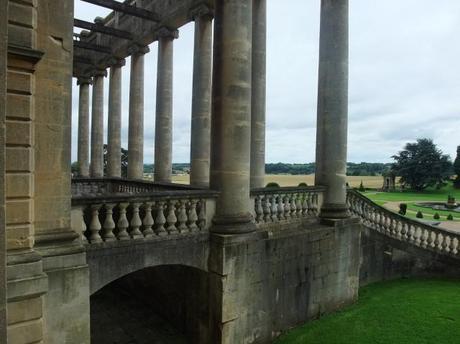
In the 1830s the property was acquired by the Earls of Dudley and in 1850 the Earl commissioned Samuel Daukes to redesign the house in the popular Italianate style. He also commissioned William Andrews Nesfield to landscape the gardens but I will post about those another day.
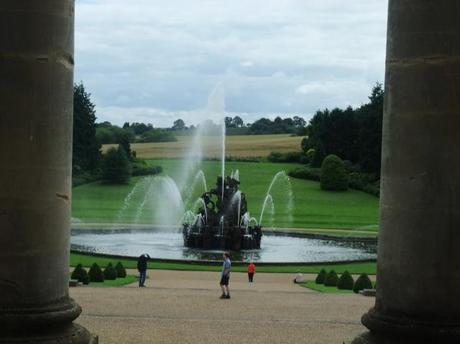
Witley Court was lent to Queen Adelaide, William IV’s widow, and during her stay at the property she had all the pianos returned leading to Elgar’s first visit to the property assisting his father. Elgar was to visit many more times. The house was also host to shooting parties attended by the Prince of Wales and when you walk around the property you are shown photographs of the interior in its heyday.
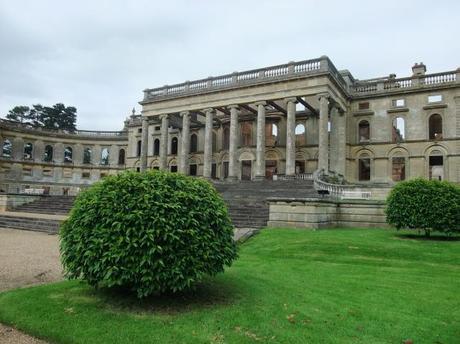
I was particularly taken by the entrance hall where the original Jacobean hall had been converted by the addition of a metal balcony around the interior wall from which the bedrooms were accessible. This meant that the center of the entrance hall was two storeys tall and full of light. The photographs and drawings along with the first hand accounts on the audio guide take you right back to the houses’ Edwardian era and if you closed your eyes you could almost hear the laughter of children opening presents around the Christmas Tree in the ballroom, or the excitement of the servants peering through the small basement windows looking out to the entrance when the Prince of Wales arrived.
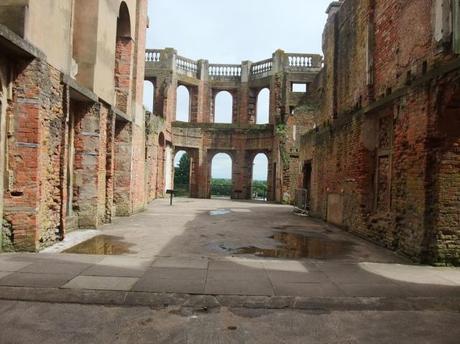
It’s an era that has always fascinated me – full of decadence and poverty, a time of huge contrasts, of the haves and have-nots. For many a bright and sparkling time but I think this is common for the decades leading to the end of a century. Sadly I didn’t have time to visit the church which is part of the property but having visited it before I can tell you it is a stunning example of a baroque interior nothing like you would expect to find in a Worcestershire village.
My visit was made even more special by the fact that there was hardly anyone else visiting. Whilst this led to a wonderful atmospheric visit for me I am sure it isn’t what English Heritage would want so if you are in the Worcestershire area I would recommend a visit. There is also a wilderness and a woodland walk and the fountain you can see above fires hourly and has been known to reach 100ft.

